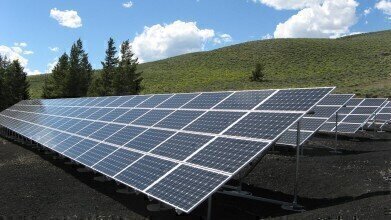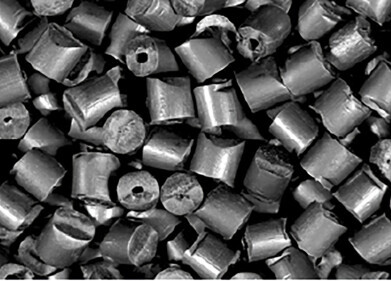Biofuel Industry News
How is CO2 Converted into Fuel?
Jun 01 2022
Despite a decline in 2020, the US Environmental Protection Agency revealed global energy-related carbon dioxide (CO2) emissions have increased by 90% since 1970. Industrial activities and fossil fuel combustion are key drivers and contribute to almost 80% of all greenhouse gas emissions. While the world is facing a CO2 crisis, some scientists maintain carbon dioxide can be converted into useable fuel. Here’s how:
CO2 and solar energy
At Lund University in Sweden, a team of researchers is exploring the use of solar power to convert CO2 into fuel. Using next-generation materials and advanced laser spectroscopy, the team hope the innovation will help slash greenhouse gas emissions. The report was published in the journal Nature Communications and explains how a porous, light-absorbent material called Covalent Organic Framework (COF) was used to power the process and convert CO2 into carbon monoxide.
“The conversion to carbon monoxide requires two electrons,” explains Lund University chemistry researcher, Kaibo Zheng. “When we discovered that photons with blue light create long-lived electrons with high energy levels, we could simply charge COF with electrons and complete a reaction.”
In the future, the team hope the breakthrough can be used to capture atmospheric CO2, convert it into fuel and address the climate crisis. “We have completed two initial steps with two electrons. Before we can start thinking about a carbon dioxide converter, many more steps need to be taken, and probably even our first two must be refined. But we have identified a very promising direction to take,” adds co-author of the report and fellow chemistry researcher, Tönu Pullerits.
Carbon dioxide and catalysts
At the Argonne National Laboratory in the United States, researchers are using an electrocatalyst to convert CO2 and H2O into ethanol. Carbon dioxide is captured from industrial sites such as fossil fuel power plants, then electrochemically converted into ethanol using an atomically dispersed copper catalyst.
“The process resulting from our catalyst would contribute to the circular carbon economy, which entails the reuse of carbon dioxide,” says senior chemist, Di-Jia Liu. ​“The mechanism should also provide a foundation for development of highly efficient electrocatalysts for carbon dioxide conversion to a vast array of value-added chemicals,” adds Tao Xu, a physical chemistry professor at Northern Illinois University.
A new generation of biofunctional catalysts
Designed to fast-track chemical reactions, catalysts are used to produce more than 80% of manufactured products, including gasoline and jet fuel. Artificial photosynthesis is one of the latest applications for catalysts, with scientists using biofunctional catalysts to mimic the natural process. Find out more from Dr. Raj Shah and Mrinaleni Das in ‘Latest advances in Artificial Photosynthesis: a hidden gem in the realm of alternative energy technologies’.
Digital Edition
PIN 25.1 Feb/March
March 2024
In This Edition Safety - The technology behind the ION Science Tiger XT - Safety with ammonia and LOHCs as hydrogen carriers Analytical Instrumentation - Discussion on new tribology te...
View all digital editions
Events
Apr 24 2024 Mumbai, India
Apr 24 2024 Jakarta, Indonesia
Apr 28 2024 Montreal, Quebec, Canada
Apr 30 2024 Birmingham, UK
May 03 2024 Seoul, South Korea


















